Deth McBones
The Inconsistent Modder
This thread will hold all progress on the Galactic Epic series of scenarios, chronicling my views on our future universe.
History and Introduction:
Spoiler :
I have been working on a version of this for about two years now. I conceived this as a giant, sprawling, interstellar sci-fi mod to end all sci-fi mods quite a while ago. I must admit, I was a bit in awe of NavyDawg's Space Opera, when it came out a while back, and at times my own creation looks much like his, but I have worked on this independently for quite a while, although I have borrowed quite a bit of graphics from the mighty Dawg, the soul of this mod is my own. I've also thrown in every awesome sci-fi unit I could find to fit my nutty little world. Hope it finally finishes. That said, let's get on with it!
Intro:
The first scenario in this (what I hope to be) series of scenario is tentatively entitled First Few Steps, and simulates the colonization of outer space after our own solar system has been completely colonized. The strength of my scenario, hopefully, will be the unique way in which the space terrain is presented. Most future mods that are placed in space usually follow two different terrain designs, either using Lukrees mostly normal Firaxis terrain with the water terrain replaced with space, which maximizes the normal land combat, or Vadus terrain with individual tiles as planets and planetoids, which puts a lot of emphasis on naval combat. Unfortunately, both have drawbacks. Lukrees main drawback is that only the terran planets are represented, which is fine for a Star Wars mod, but unsuitable for epic purposes. Vaduss terrain, when applied in a very tight system, with a cluster of different planets that is usually worked by a single city, makes ground warfare rather interesting, and completely skips the time in which a civilization conquers their immediate solar surroundings. Smoking Mirrors unique hazard/proximity/system design was very original, but I think its colorful interface made it a little hard to believe. NavyDawgs Space Opera is the closest to my own system, in that he placed extra asteroids to give the systems a little more weight. My system utilizes a blank Orbital Space tile that represents the added gravity, magnetosphere, upper atmosphere, etc. Smaller planets have smaller amounts of it, gas giants have a larger amount of it, and moons have none. This system allows for more resources to be tied to a planet, and creates a distinct and orderly view of a system.
The first Galactic Epic Scenario, First Few Steps, is a tale of colonization and conquest fought between rival human factions from the confines of the old Sol system to the wide interstellar gulfs of Deep Space, with dozens of colonizable worlds in the local Orion Arm to far-flung exotic systems in the Perseus and Sagittarious Arms.
Beta Scenario Available Now! DL Today!
DL is hosted at Atomic Gamer and is around 135 MB.
Get it here!
Historical premise for the Scenario:
Spoiler :
For almost a century and a half after mankind first set foot on a terrestrial body not his own, warring political factions, overpopulation, terrorist violence, and poverty plagued the cradle of humanity. It was not until well into the 21st century that governments turned their attention to their immediate solar neighbors as targets for colonization instead of purely objects of research. With the first mission to Mars a reality in 2039, regular trips to the Moon base commonplace in 2046, and the permanent human colony on Mars open in 2059, governments soon began to realize that real colonization was right around the corner. With environmental factors making the little remaining overcrowded land toxic, regular citizens soon started electing to populate the newly formed off-Earth space stations. As spaceflight became more commonplace, real colonies on other planets soon became a reality.
The American base on Mars, originally started as a research station in 2053, was expanded to accommodate the new colonists, and soon became the base for the extra citizens of the United States. Out of this freedom-loving and independent spirit came the United Colonial Territories, a group of settlers who banded together because of their common ancestry and goals. After years of farming the thin Martian soil and mining the nearby asteroids, interference from Earth sparked an inter-solar version of the American Revolution, though with no bloodshed.
The Russians soon snapped up Titan, the only large moon in the Sol system with a substantial atmosphere, and soon started shipping large amounts of scientists and industrialists to Saturns largest moon to harvest the abundant supplies of hydrocarbons and gasses in the region, as well as to establish a sphere of influence in the outer Solar System. Eventually the Earth-based Russian Federation nearly collapsed several times because of rising corruption and government inefficiency. The growing number of intellectuals and hard-working miners soon became alienated from their Russian motherland, and began questioning why they kept their allegiances. Finally, a charismatic Communist claiming to be descended from Stalin quickly became popular on Titan, and declared a new Cosmic Collective Bloc, an idealistic communist society bent on making all equal.
The European Union sent its own colony units to Ganymede, and utilized the small deposits of oxygen to set up a significant trading outpost, and used Jupiters vast moon system to mine precious metals and exotic gas. The traders on Jupiters moons soon gathered their countrymen from the old country and founded prosperous settlements in the shadow of the gas behemoth. Still holding to their old traditions, they formed the Euro-Solar Union, a council system whose main goal was to protect the trader fleet and the holdings of the colonists.
As the Peoples Republic of China swelled in numbers, and off-Earth colonies of other nations prospered, the Chinese finally founded their own colony on the far-away moon of Triton, in the orbit of Neptune. Named for the very first Chinese citizen to go into space, Yangliwei soon became full of colonists seeking adventure or escape from their crushingly overpopulated homelands. However, the colony was soon overcrowded, and extra amounts of energy were soon expended trying to feed the burgeoning colony. Most of its exports of natural gas were sent straight to a thirsty Chinese industry, until the colonists realized the dependence that its comrades on Earth had developed for Neptunes methane. The off-worlders soon built up their own industry , and broke free from controlling officials in Beijing. The Peoples Stellar Socialist States proclaimed that they were destined to control their own fate, and soon set about finding room for future generations of Tritonese.
One of the more technologically advanced factions of the day, the Japanese on Earth had supplied their expertise to the other, more expansionist civilizations who were bent on colonizing space, but for a price. Wealthy with the aerospace and hi-tech industries making billions a day, the massive AeroSpace Conglomerate, headquartered in Tokyo, soon began looking for a place to put its own roots. The corporate bosses decided that the infrastructure needed to colonize Mercury was worth its weight in the highly dense metals found in Mercurys crust alone, without mentioning the unparalleled position of its close proximity to the Sun that would boost orbital industry. After engineering massive heat-shields for the colonists, Japanese AeroSpace volunteers soon began constructing massive forges on the closest planet to the Sun. After half a century, however, the underground laboratories, planet-side smelters, and orbital solar collectors soon housed nearly all of the AeroSpace Conglomerates holdings. After selling off its assets on Earth, the ASC was firmly rooted in the heat of Sol.
As the Earth began being relieved of some of tenants, the most crowded nation-state of all soon had no choice but to try and give its citizens a chance to leave. The Republic of India, now hopelessly swarming with citizens because of its staunch policies against population control, was given a mandate by its people: form a colony for us. With the urging of the people, a crash program was initiated to colonize the last solar territory untouched by humanity: Venus. The harsh and toxic atmosphere was quite the challenge for Indian engineers, but soon vast pressure domes were constructed out of corrosion-resistant plastics, and the teeming millions of colonists had a place to live. Through careful construction, very few accidents occurred on Venus, though the few that did were vast tragedies that only spurred the colonists on. After finally becoming self-sufficient, the Astro-Indus Democratic Republic was officially formed as an independent political system, completely distinct from its Earthly ancestor.
With much of its overcrowding solved, the Earth, now governed by the Unified Earth Nations, is still in a perilous situation. The population will continue to rise, and now it has several neighbors with enough footing to stand against Earth militarily. Though the UEN has most of the power, individual countries still possess nuclear weapons and old grudges have not disappeared. With the new star drive technology, the UEN must extend its reach to at least keep up with the other, newly aggressive factions that are so close in the Solar System.
With the Solar System full, and populations again swelling, mankind must push outward, as new technologies have made the vast distances of space between stars traversable. It is a time for mankind to make its first few steps out of its own Solar System.
The American base on Mars, originally started as a research station in 2053, was expanded to accommodate the new colonists, and soon became the base for the extra citizens of the United States. Out of this freedom-loving and independent spirit came the United Colonial Territories, a group of settlers who banded together because of their common ancestry and goals. After years of farming the thin Martian soil and mining the nearby asteroids, interference from Earth sparked an inter-solar version of the American Revolution, though with no bloodshed.
The Russians soon snapped up Titan, the only large moon in the Sol system with a substantial atmosphere, and soon started shipping large amounts of scientists and industrialists to Saturns largest moon to harvest the abundant supplies of hydrocarbons and gasses in the region, as well as to establish a sphere of influence in the outer Solar System. Eventually the Earth-based Russian Federation nearly collapsed several times because of rising corruption and government inefficiency. The growing number of intellectuals and hard-working miners soon became alienated from their Russian motherland, and began questioning why they kept their allegiances. Finally, a charismatic Communist claiming to be descended from Stalin quickly became popular on Titan, and declared a new Cosmic Collective Bloc, an idealistic communist society bent on making all equal.
The European Union sent its own colony units to Ganymede, and utilized the small deposits of oxygen to set up a significant trading outpost, and used Jupiters vast moon system to mine precious metals and exotic gas. The traders on Jupiters moons soon gathered their countrymen from the old country and founded prosperous settlements in the shadow of the gas behemoth. Still holding to their old traditions, they formed the Euro-Solar Union, a council system whose main goal was to protect the trader fleet and the holdings of the colonists.
As the Peoples Republic of China swelled in numbers, and off-Earth colonies of other nations prospered, the Chinese finally founded their own colony on the far-away moon of Triton, in the orbit of Neptune. Named for the very first Chinese citizen to go into space, Yangliwei soon became full of colonists seeking adventure or escape from their crushingly overpopulated homelands. However, the colony was soon overcrowded, and extra amounts of energy were soon expended trying to feed the burgeoning colony. Most of its exports of natural gas were sent straight to a thirsty Chinese industry, until the colonists realized the dependence that its comrades on Earth had developed for Neptunes methane. The off-worlders soon built up their own industry , and broke free from controlling officials in Beijing. The Peoples Stellar Socialist States proclaimed that they were destined to control their own fate, and soon set about finding room for future generations of Tritonese.
One of the more technologically advanced factions of the day, the Japanese on Earth had supplied their expertise to the other, more expansionist civilizations who were bent on colonizing space, but for a price. Wealthy with the aerospace and hi-tech industries making billions a day, the massive AeroSpace Conglomerate, headquartered in Tokyo, soon began looking for a place to put its own roots. The corporate bosses decided that the infrastructure needed to colonize Mercury was worth its weight in the highly dense metals found in Mercurys crust alone, without mentioning the unparalleled position of its close proximity to the Sun that would boost orbital industry. After engineering massive heat-shields for the colonists, Japanese AeroSpace volunteers soon began constructing massive forges on the closest planet to the Sun. After half a century, however, the underground laboratories, planet-side smelters, and orbital solar collectors soon housed nearly all of the AeroSpace Conglomerates holdings. After selling off its assets on Earth, the ASC was firmly rooted in the heat of Sol.
As the Earth began being relieved of some of tenants, the most crowded nation-state of all soon had no choice but to try and give its citizens a chance to leave. The Republic of India, now hopelessly swarming with citizens because of its staunch policies against population control, was given a mandate by its people: form a colony for us. With the urging of the people, a crash program was initiated to colonize the last solar territory untouched by humanity: Venus. The harsh and toxic atmosphere was quite the challenge for Indian engineers, but soon vast pressure domes were constructed out of corrosion-resistant plastics, and the teeming millions of colonists had a place to live. Through careful construction, very few accidents occurred on Venus, though the few that did were vast tragedies that only spurred the colonists on. After finally becoming self-sufficient, the Astro-Indus Democratic Republic was officially formed as an independent political system, completely distinct from its Earthly ancestor.
With much of its overcrowding solved, the Earth, now governed by the Unified Earth Nations, is still in a perilous situation. The population will continue to rise, and now it has several neighbors with enough footing to stand against Earth militarily. Though the UEN has most of the power, individual countries still possess nuclear weapons and old grudges have not disappeared. With the new star drive technology, the UEN must extend its reach to at least keep up with the other, newly aggressive factions that are so close in the Solar System.
With the Solar System full, and populations again swelling, mankind must push outward, as new technologies have made the vast distances of space between stars traversable. It is a time for mankind to make its first few steps out of its own Solar System.
Credits:
Here I will list ALL of those who have contributed to this mod, whether by unit, graphic or by beta-testing. Some pcx work is done by myself, but for the most part, the CFCers here have contributed the bulk of the original work.
Spoiler :
(in no particular order)
Vadus
Smoking Mirror
NavyDawg
Neomega
Flamand
Orthanc
Firaxis
Wyrmshadow
TheMorpheus
jobiwan
muffins
Steph
Balou
Aaglo
Kinboat
Vuldacon
Bjornlo
Piernik
Plotinus
CivArmy
Weasel Op
RalofTyr
Beta Testers:
CiaranB123
King Coltrane
Philadelphus

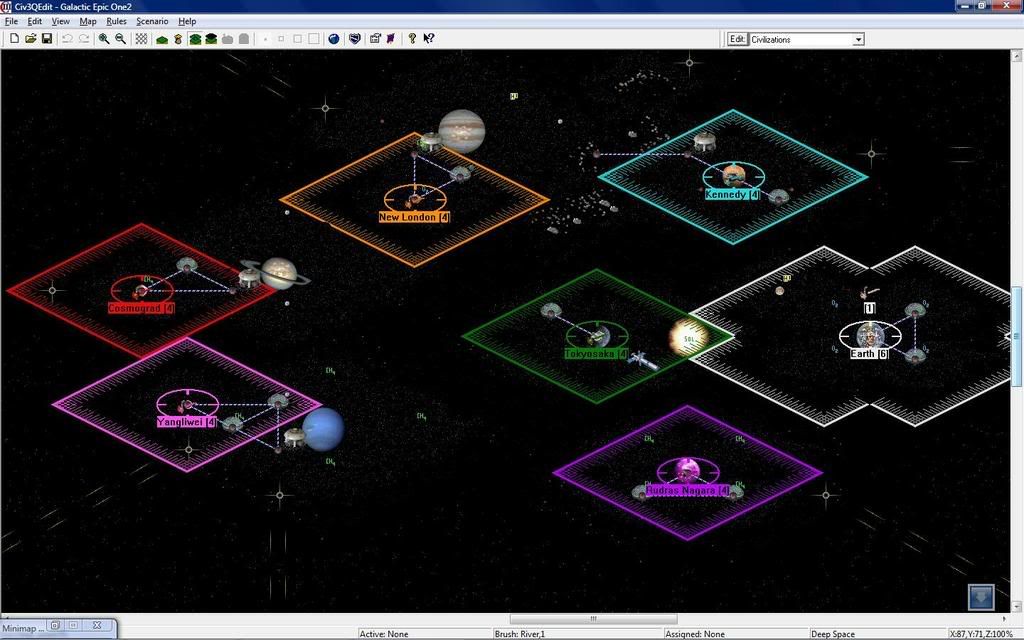
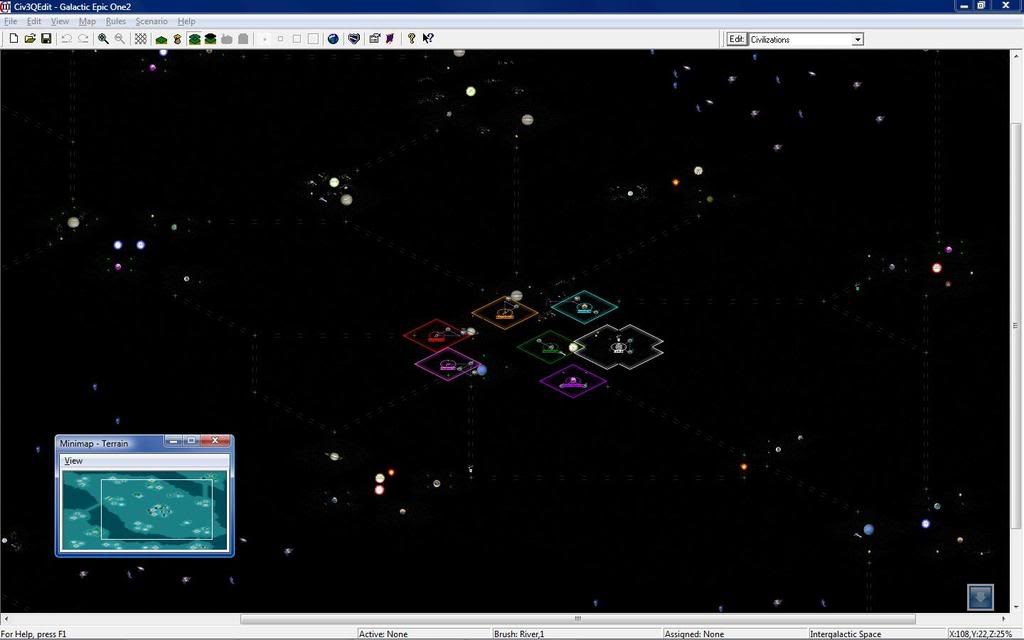
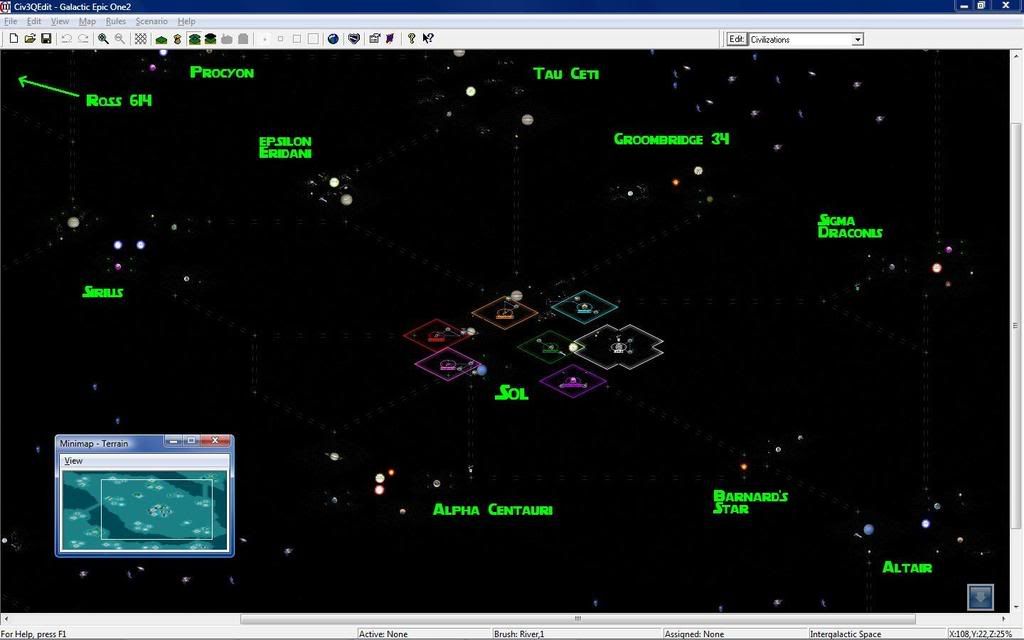
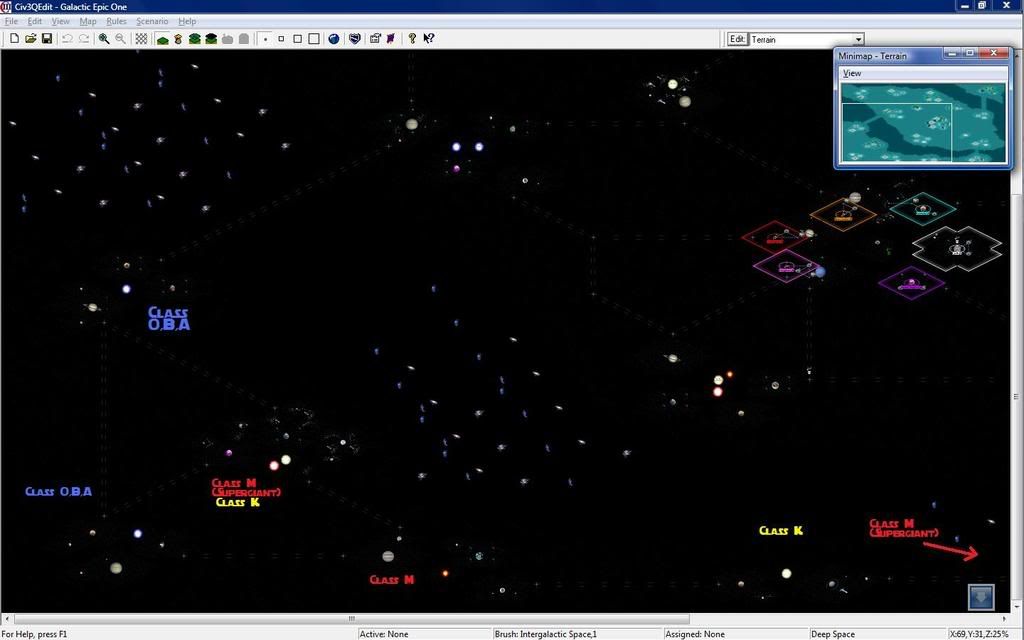
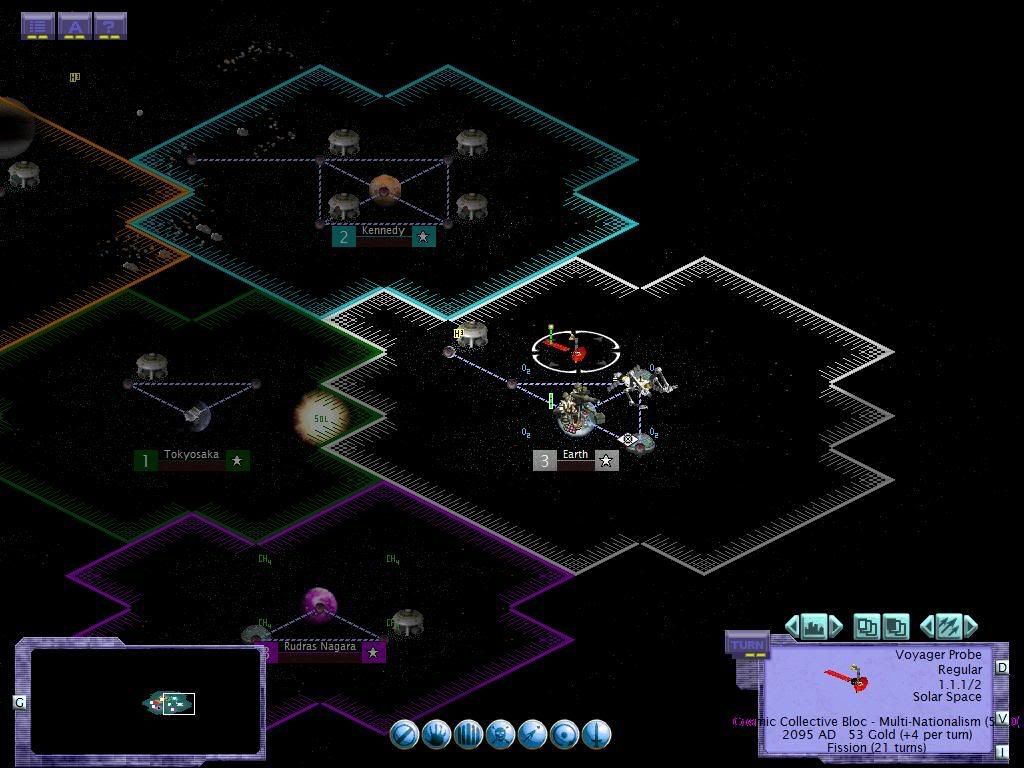
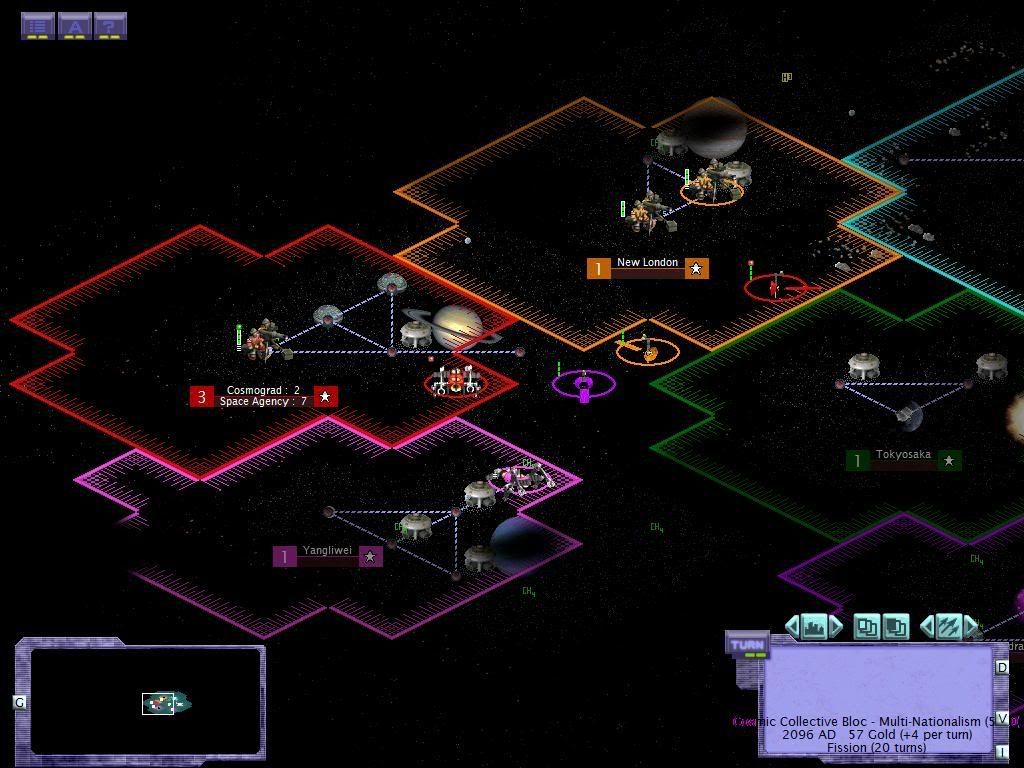
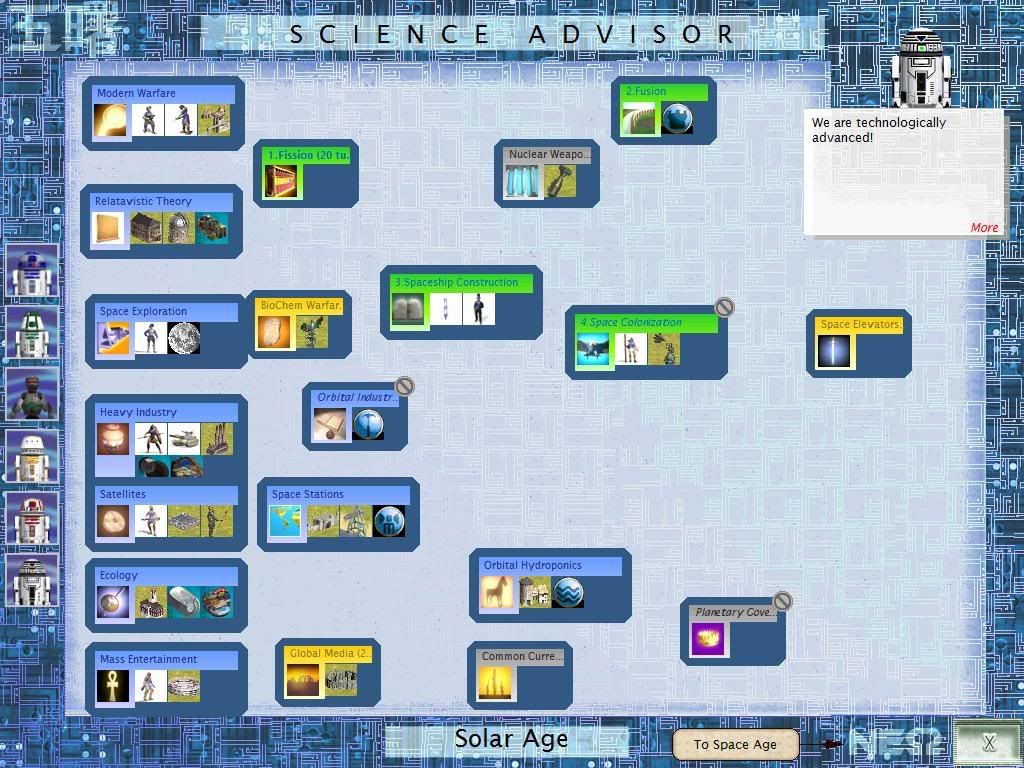
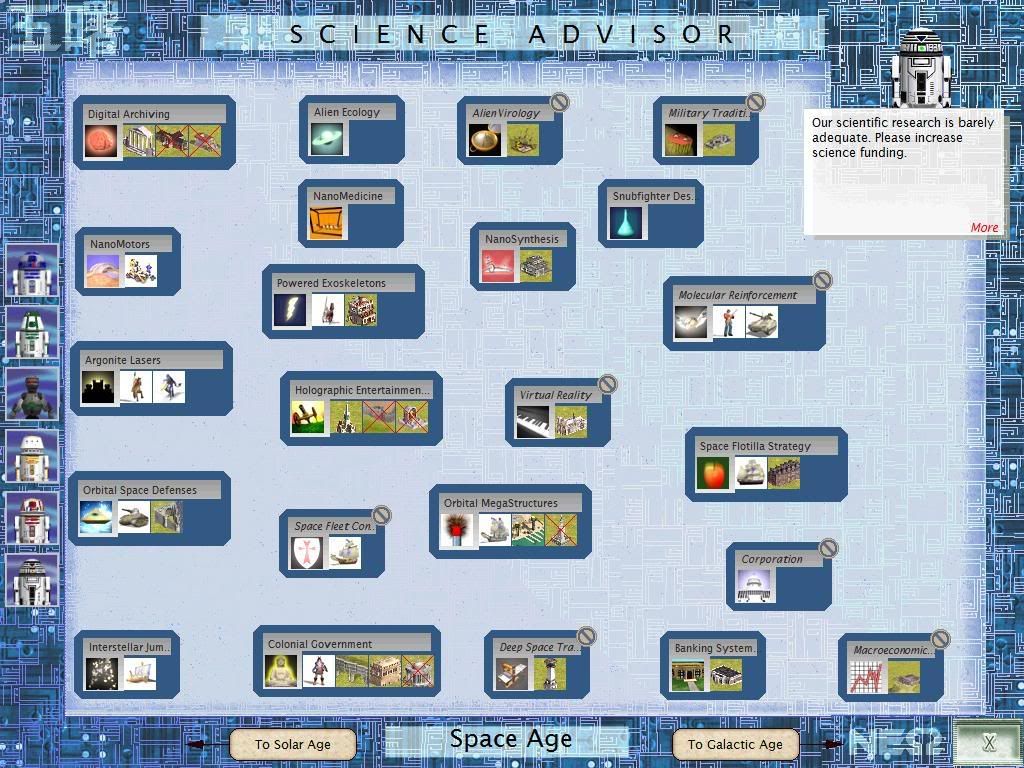
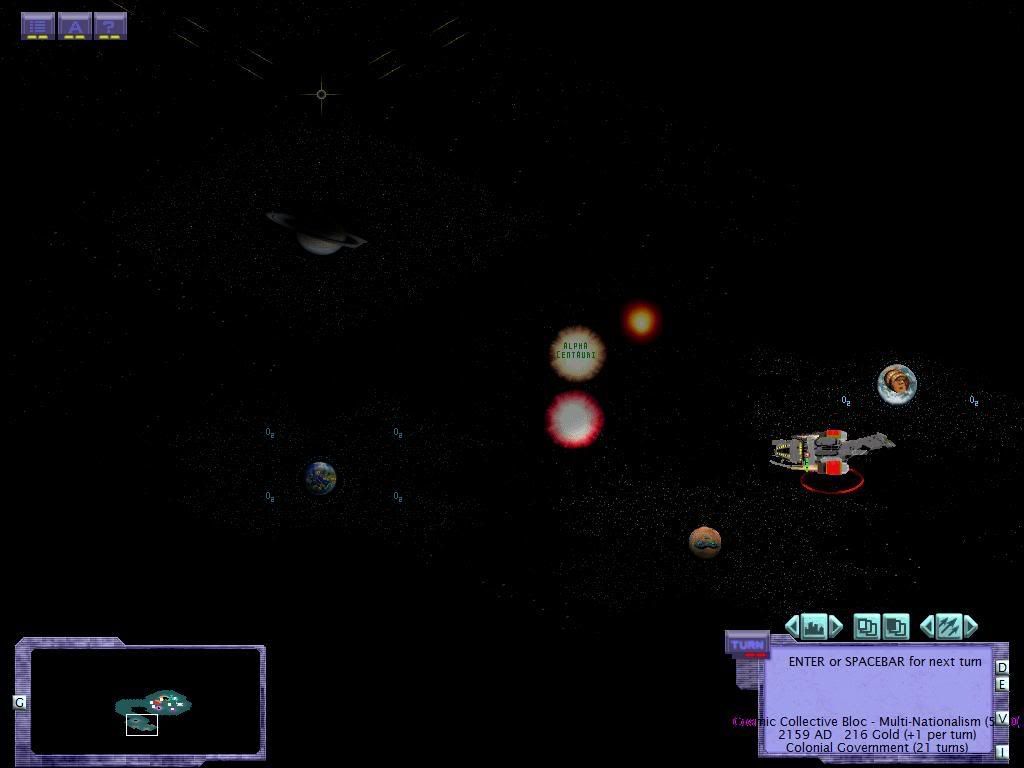
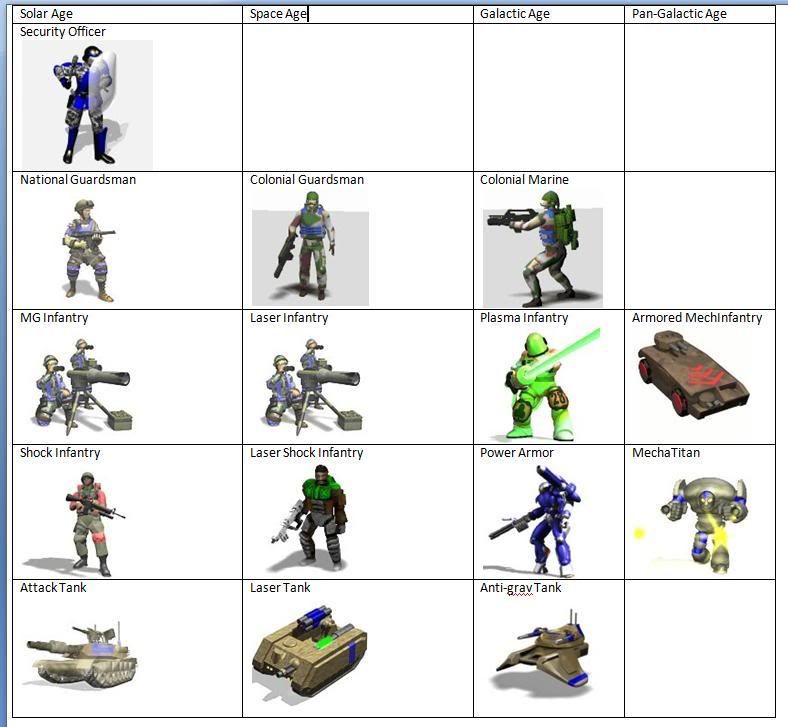
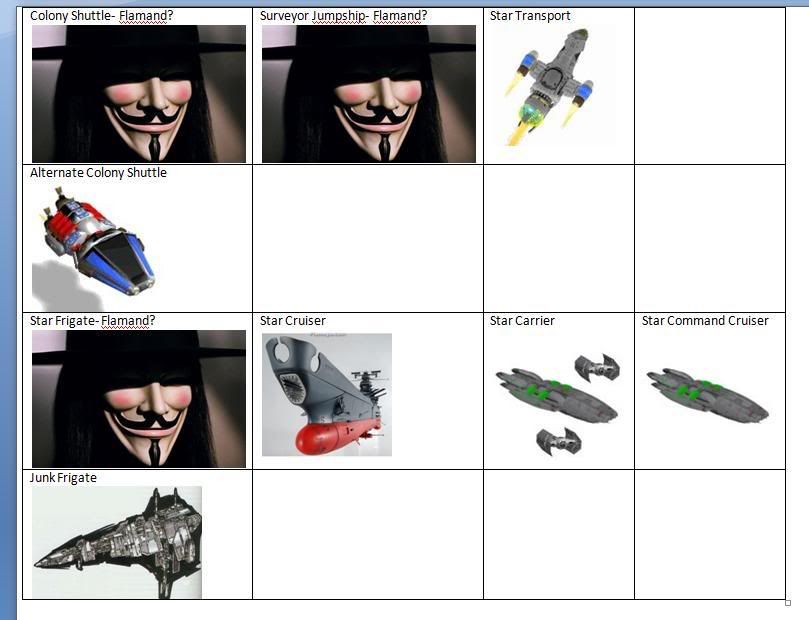
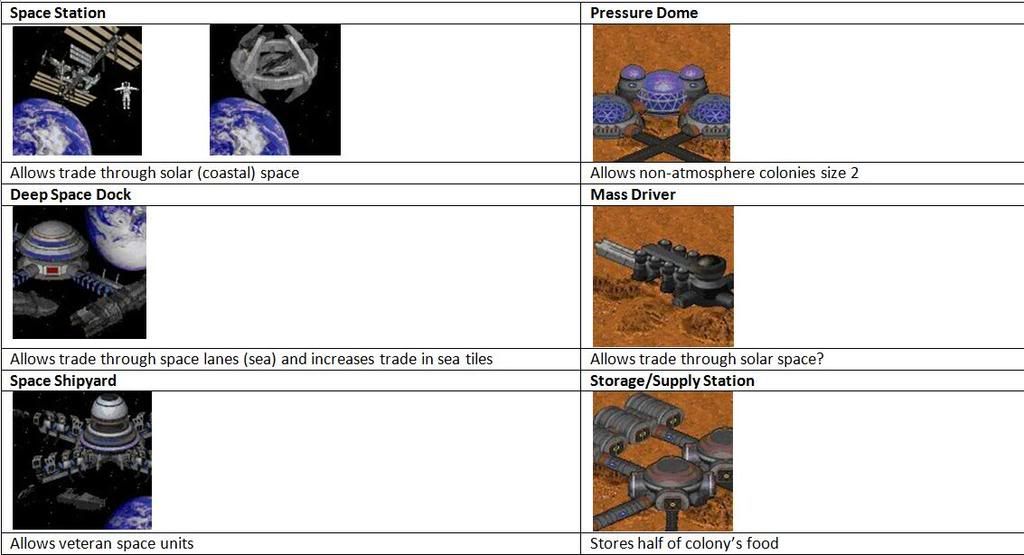
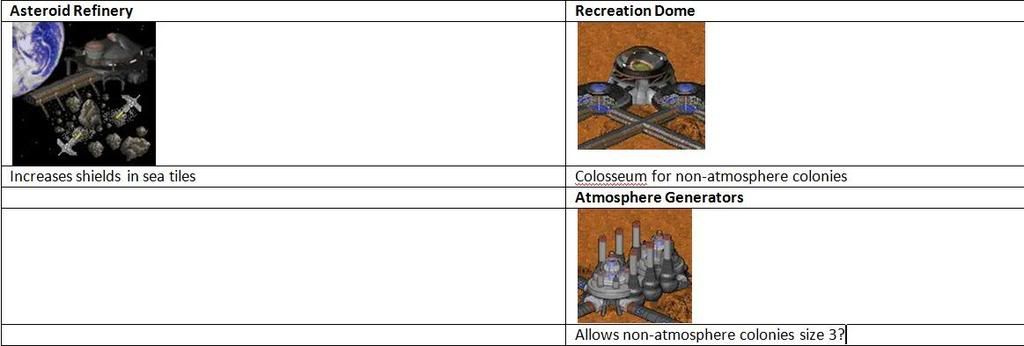
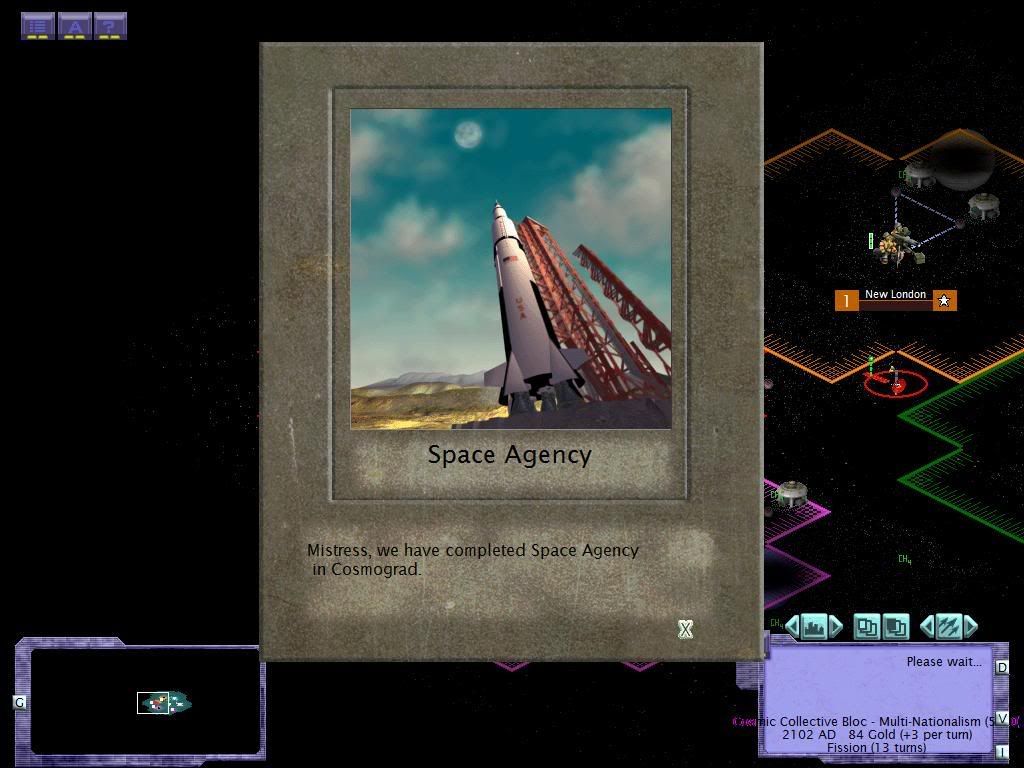


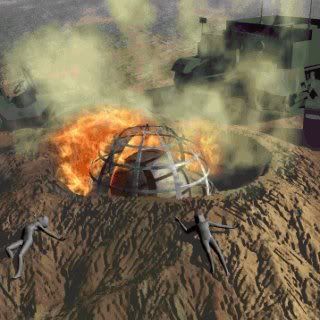
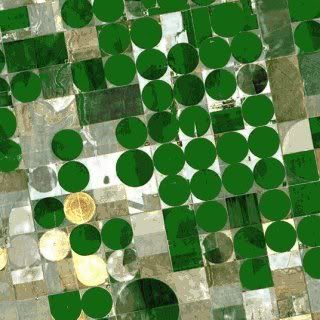

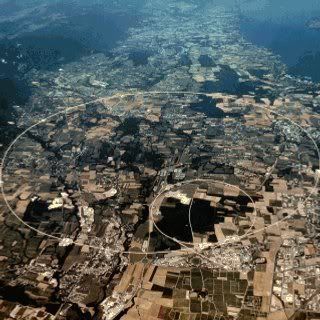





 Could`ve saved my money
Could`ve saved my money 
 I have several named systems in the Orion arm, such as Alpha Centauri (which has two space lanes to it to represent the close proximity), Barnard's Star, Epsilon Eridani, Tau Ceti, Sirius, Groombridge 34, Sigma Draconis, Altair, Procyon, and Ross 614. I have tried to represent the stars accurately by reading up on each system's projected composition on Wikipedia, i.e., Tau Ceti is a system with a main-sequence Sol-like star, and many asteroids to represent the large amount of debris that is supposed to be in the system. Other systems outside the Orion Arm are unnamed, because I don't really know which systems are outside our local arm.
I have several named systems in the Orion arm, such as Alpha Centauri (which has two space lanes to it to represent the close proximity), Barnard's Star, Epsilon Eridani, Tau Ceti, Sirius, Groombridge 34, Sigma Draconis, Altair, Procyon, and Ross 614. I have tried to represent the stars accurately by reading up on each system's projected composition on Wikipedia, i.e., Tau Ceti is a system with a main-sequence Sol-like star, and many asteroids to represent the large amount of debris that is supposed to be in the system. Other systems outside the Orion Arm are unnamed, because I don't really know which systems are outside our local arm.